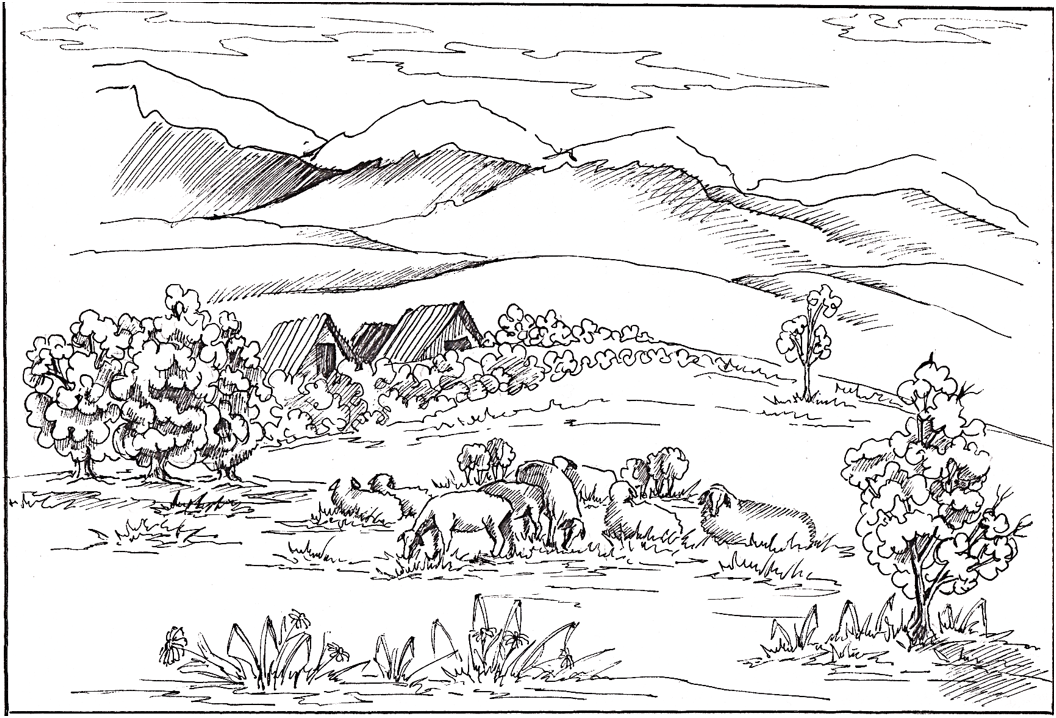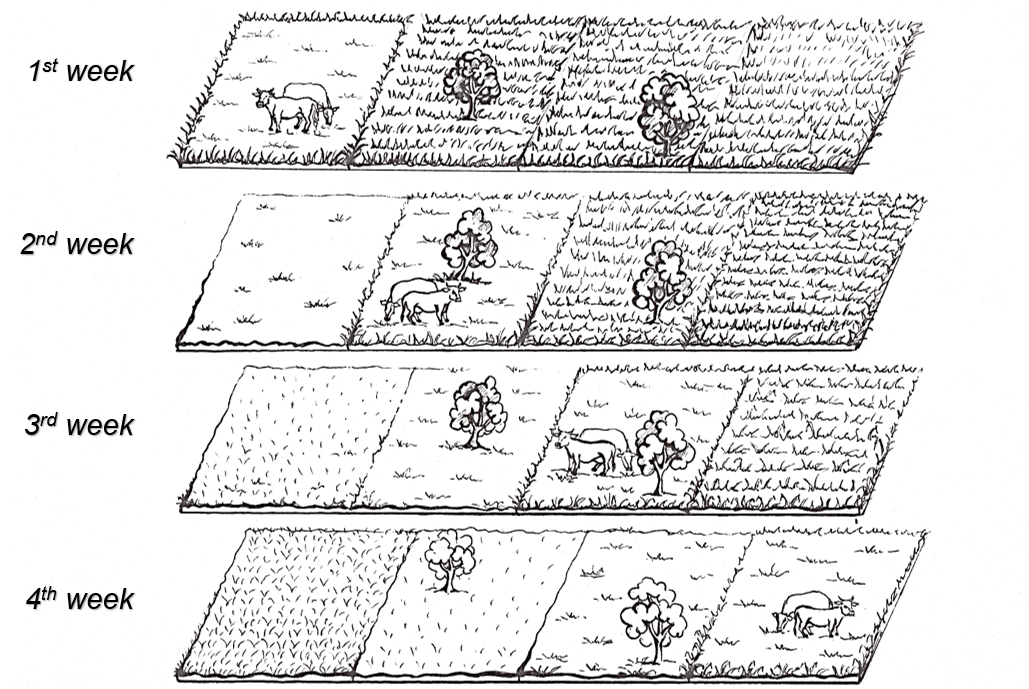


Competence development of forest tenants and of State Forest Enterprises (SFE) is likewise an important element of integrative forest management.
On the one hand, training on forest management techniques is required either directly for the forest tenants, who are often new to forest management, or for the local forester and other employees of the SFE. The training includes silvio-cultural techniques, such as grafting and pruning, and management of fruit tree species. On the other hand, training on the rights and responsibilities of the two contract parties, the forest tenant, and the SFE is needed.
Additionally, a modular training for forest tenants and foresters to encourage a landscape perspective when planning forest management activities has been developed. Within these training modules, the tenants identify threats and vulnerabilities of their communities and learn how re-and afforestation can be a suitable disaster risk reduction strategy. Further, land use conflicts on forest land are addressed and the training provides a platform to exchange and identify solutions, e.g. regulating if, when and how much livestock can graze on forest plots. Moreover, forest tenants learn about the benefits of diverse forest areas and the benefits of planting and grafting local tree species.
Increased capacities enable forest tenants to plan and manage their forest plots in a sustainable manner. The same training is given to male and female forest tenants separately, where the cultural setting holds women back in actively participating in the discussions and, consequently, separate sessions become necessary. Giving separate training for women by women has empowered female forest tenants in Tajikistan.
The experience has shown that often it is not only limited knowledge of forest management that hinders the sustainable use of the resource but also a lack of communication and agreements between different land users. Especially, forest and pasture management compete for the limited land resources. In the past, the approach prohibited grazing on Joint Forest Management areas. However, monitoring visits have shown that this rule has frequently been violated. Therefore, rather than prohibiting grazing on forest plots, the aim is to address the problem openly together with the community. Understanding why and when they graze their livestock on forest plots and making them understand how and when it harms the forest the most. This has enabled forest tenants to find solutions, such as the implementation of a pasture rotation system, to reduce the negative impacts of free grazing and to address the problem together with their community.